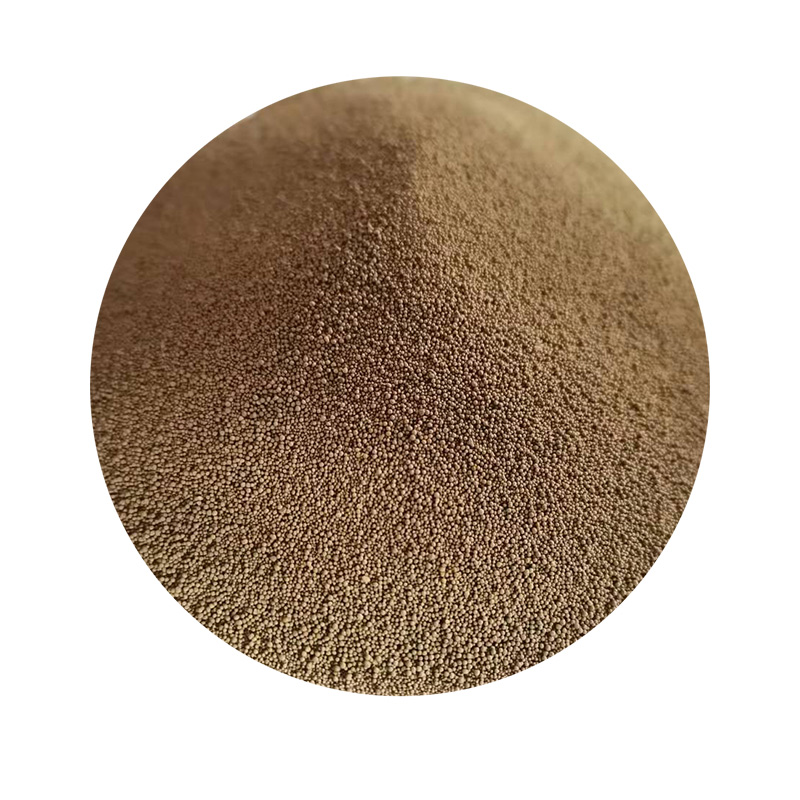Types of Sand Casting An Overview
Sand casting, one of the oldest and most versatile manufacturing processes, is a method used to create complex metal parts through the pouring of liquid metal into sand molds. The sand casting process has evolved over centuries, and it remains a prominent technique in the metalworking industry today. This article will explore the various types of sand casting, each with its unique applications and characteristics.
Types of Sand Casting An Overview
2. Dry Sand Casting Unlike green sand casting, dry sand casting uses a sand mixture that has been dried to eliminate moisture. This method involves applying a resin to the sand to improve its binding properties. Dry sand molds can withstand higher temperatures, making them suitable for casting high-melting-point metals like aluminum and copper. Dry sand casting offers better dimensional accuracy and surface finish compared to green sand casting, making it ideal for producing high-precision components used in aerospace and automotive industries.
types of sand casting

3. Sodium Silicate Sand Casting Sodium silicate sand casting uses a mixture of sand, sodium silicate, and water. This type of sand casting works through a chemical process known as the cold box method, where the mold is set at room temperature. The molds produced are strong, dimensionally stable, and offer excellent surface finishes. Sodium silicate sand casting is frequently utilized for manufacturing intricate and complex shapes and is often favored for producing heavy-duty industrial equipment.
4. Shell Mold Casting Shell mold casting is a more advanced technique involving the creation of thin-walled molds made from a mixture of fine sand and thermosetting resin. The process begins with heating the pattern and applying the sand-resin mixture, which forms a hard shell mold. These molds are subsequently assembled and filled with molten metal. Shell mold casting provides superior surface finishes and dimensional accuracy, making it suitable for precision engineering applications, particularly in the production of intricate components such as valves, brackets, and housings.
5. Investment Casting While not strictly a sand casting technique, investment casting shares some similarities. In this process, a wax pattern is coated with a refractory ceramic material to create a mold. Once the mold is formed, the wax is melted away, leaving a cavity that is filled with molten metal. This method is known for its ability to produce high-precision parts and complex geometries, often used in industries like aerospace, medical, and jewelry.
In conclusion, sand casting is a highly adaptable manufacturing process with several types tailored to various metalworking needs. From the traditional green sand casting to more advanced methods like shell mold casting and investment casting, each technique serves different applications and industries. Understanding these types helps manufacturers choose the best method for their specific requirements, ensuring efficient production and high-quality results.
Post time:Сеп . 08, 2024 13:12
Next:Super Sand Bond G2 - Pinakamahusay na Pagsasama ng Buhangin
